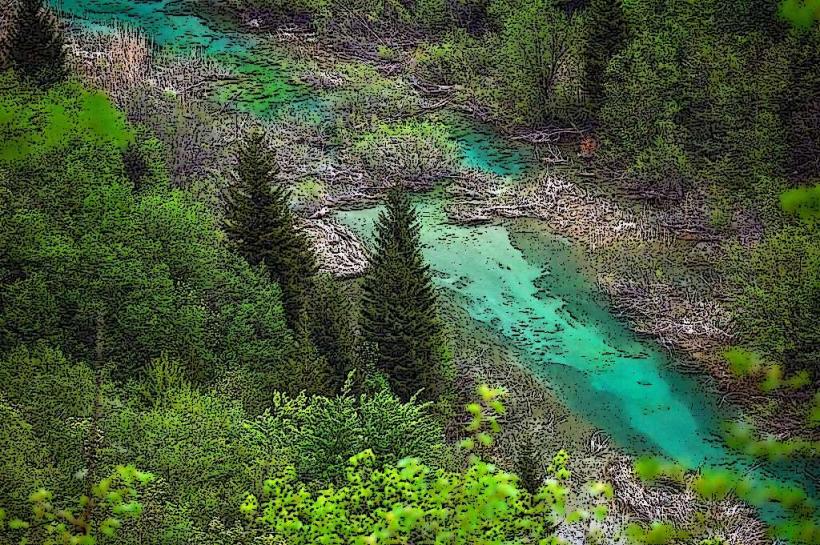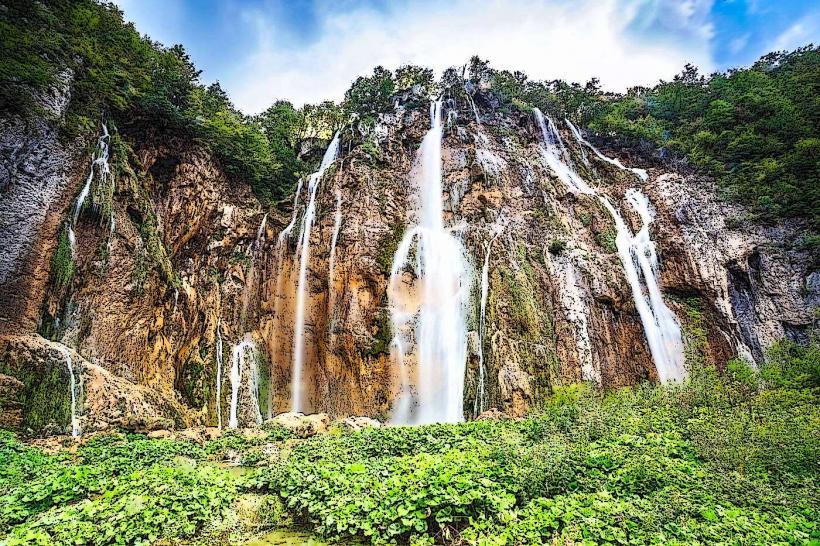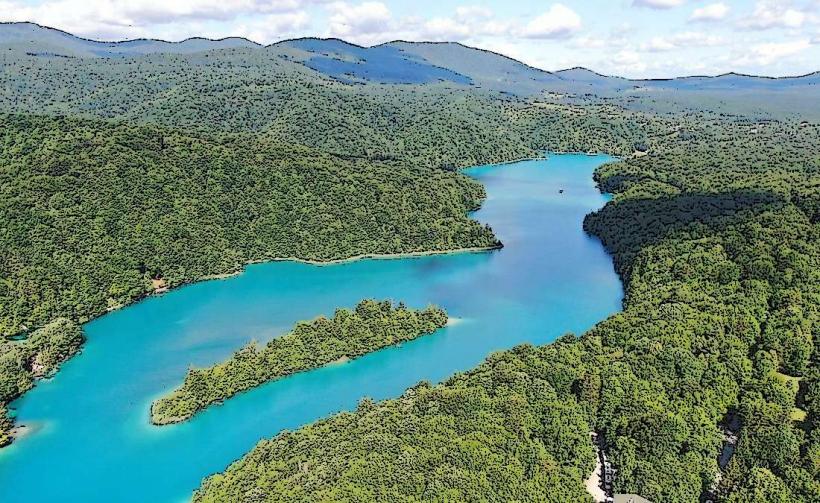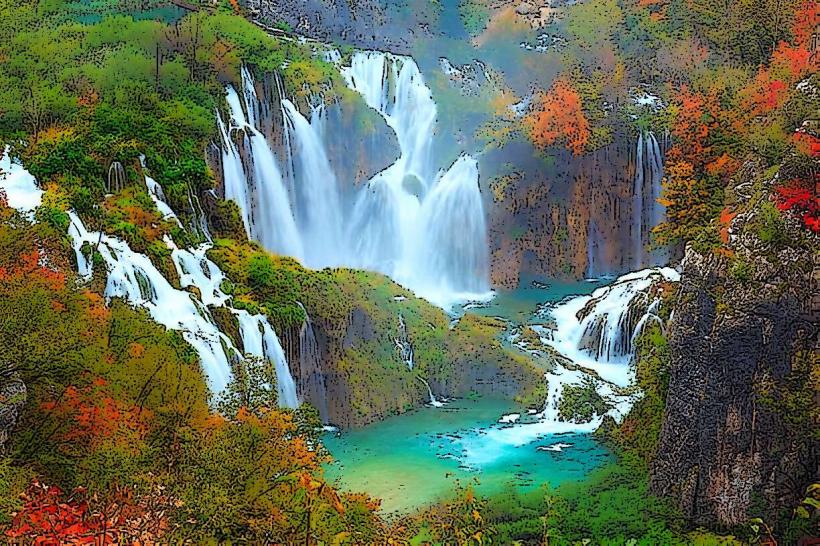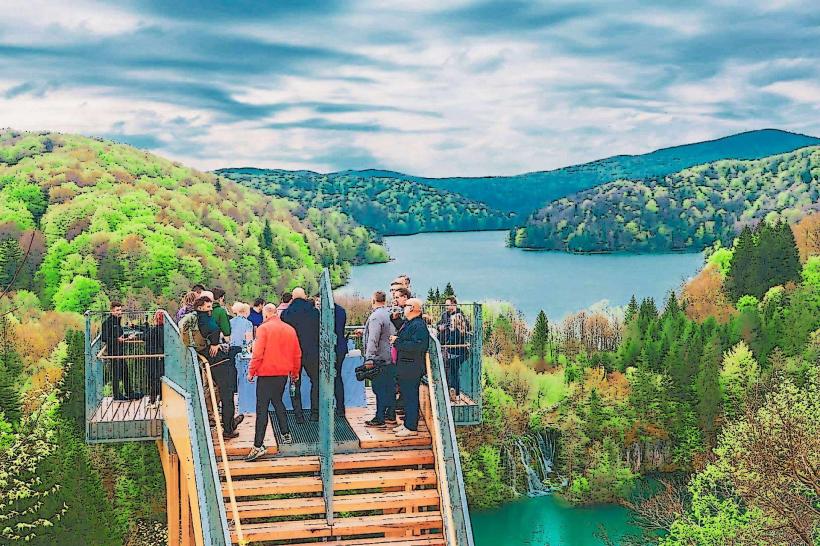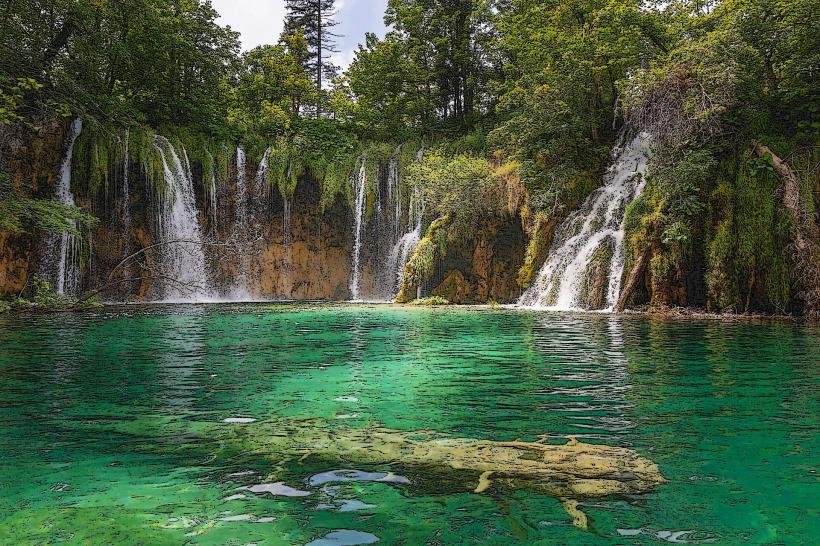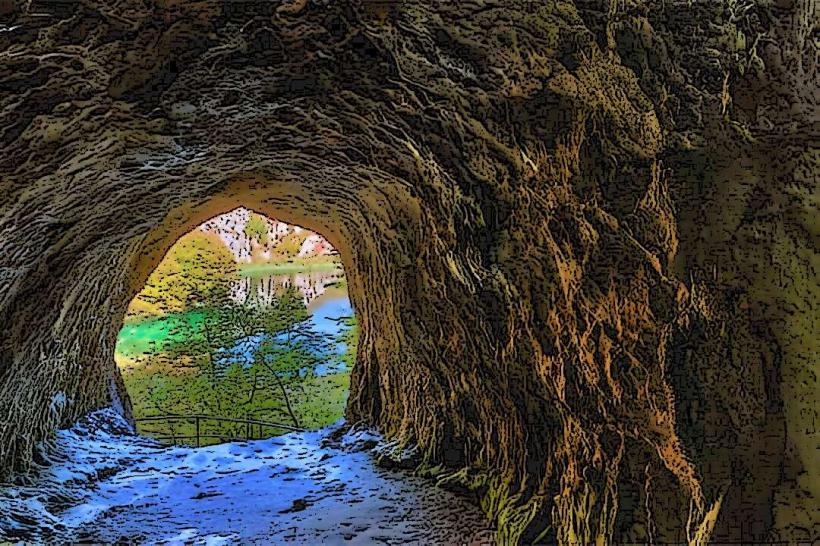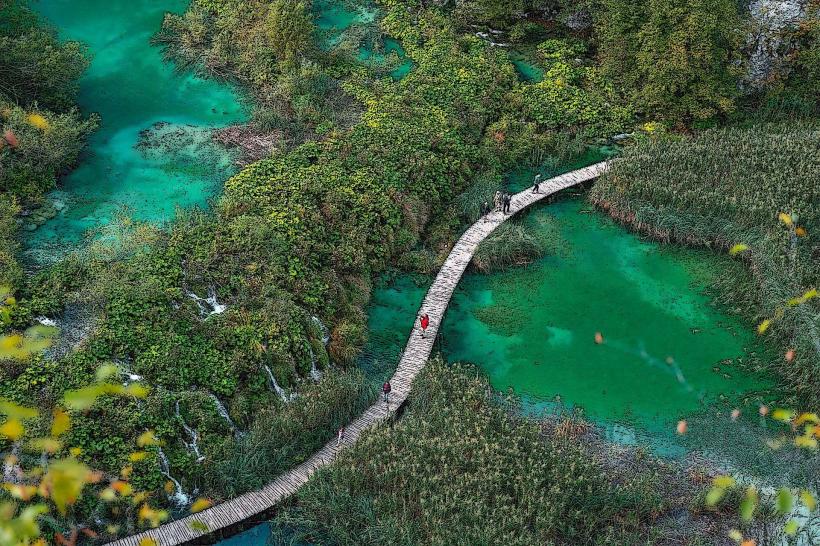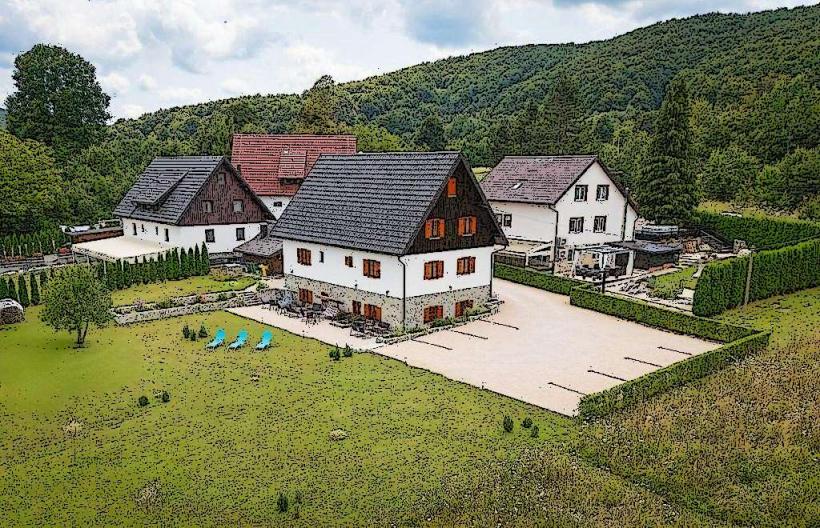Information
City: Plitvice LakesCountry: Croatia
Continent: Europe
Plitvice Lakes National Park is one of Croatia’s most famous and breathtaking natural wonders. Located in the central part of the country, this UNESCO World Heritage site is renowned for its stunning waterfalls, crystal-clear lakes, lush forests, and diverse wildlife. The park is often regarded as one of the most beautiful national parks in Europe, offering visitors a serene and awe-inspiring natural experience. Here’s a detailed overview of Plitvice Lakes:
General Overview
- Location: Plitvice Lakes National Park is located in the mountainous region of central Croatia, about 140 kilometers south of the capital, Zagreb, and 230 kilometers north of Zadar. It spans across an area of 295 square kilometers and is Croatia’s oldest and largest national park.
- UNESCO Status: The park was declared a UNESCO World Heritage site in 1979 due to its unique beauty and environmental significance.
- Accessibility: The park is easily accessible by road from major Croatian cities like Zagreb, Zadar, and Split, with frequent bus services and parking facilities for visitors.
Geography and Natural Features
- Lakes and Waterfalls: The park is famous for its 16 terraced lakes, which are interconnected by a series of waterfalls. The lakes are divided into upper and lower sections, each with its distinct character. The upper lakes are located at higher altitudes and are more tranquil, while the lower lakes feature dramatic waterfalls and cascading streams.
- Waterfalls: The park contains numerous waterfalls, the most famous being the Veliki Slap (Big Waterfall), which is the tallest waterfall in Croatia, measuring 78 meters in height. Other notable waterfalls include Mali Slap (Small Waterfall), Sastavci Falls, and Galovački Buk.
- Lakes: The lakes are known for their stunning blue and green hues, which result from the mineral content and algae in the water. The largest lakes are Prošćansko Jezero and Kozjak Lake.
- Karst Landscape: The park’s lakes and waterfalls are part of a karst landscape, which means they have been shaped by the dissolution of limestone and the natural formation of underground rivers and caves. The process of creating the lakes is ongoing, with new formations constantly being developed.
- Flora and Fauna: Plitvice Lakes is home to a diverse range of plant and animal species. The park’s dense forests are primarily composed of beech, fir, and spruce trees, and it is also home to various rare plants. Wildlife includes deer, boars, bears, wolves, and many species of birds, making it a haven for nature lovers and photographers.
Visitor Experience and Attractions
- Walking Trails and Routes: Plitvice Lakes National Park offers a network of well-maintained walking trails and wooden walkways that allow visitors to explore the park's beauty from different angles. There are several designated routes with varying levels of difficulty, ranging from easy, short walks to more challenging hikes.
- Upper Lakes Trails: The trails around the upper lakes are characterized by peaceful surroundings, pristine waters, and fewer crowds, making them ideal for a more serene experience.
- Lower Lakes Trails: These trails offer spectacular views of the waterfalls and the larger lakes. Visitors can walk along the cascading waterfalls, often feeling the mist from the water.
- Boat Rides: A boat ride across Kozjak Lake, the largest and deepest lake in the park, is a popular way to experience the park from a different perspective. The boat ride takes visitors to the upper lakes and offers a chance to admire the beautiful surroundings from the water.
- Electric Train: The park has a small electric train that transports visitors between the entrance and the lower lakes, making it easier for those who prefer not to walk long distances. The train is a convenient option for those with limited time or mobility issues.
- Caves and Springs: Visitors can also explore the Bijela and Crna Caves, which are located in the park. These caves feature stalactites and stalagmites, along with underground streams and springs, showcasing the park's rich geological history.
Flora and Fauna
- Vegetation: The park’s diverse vegetation is one of its main draws. The lower areas are covered with lush forests, including oak, hornbeam, and pine trees, while the upper areas feature alpine meadows with wildflowers and grasses. The forest floor is dotted with moss and ferns, creating a truly magical atmosphere.
- Wildlife: Plitvice is home to a wide range of animals, with more than 120 species of birds, including eagles and owls, making it a prime location for birdwatching. Mammals such as brown bears, wild boar, wolves, and roe deer are also found in the park, although they tend to be elusive. Fish species like the grayling, brook trout, and the endemic Plitvice trout thrive in the park’s clear waters.
- Endangered Species: The park is also a protected area for rare and endangered species, including the European brown bear and various plant species.
Visitor Facilities and Services
- Park Entrance and Hours: The park has several entrances, with the main ones being Entrance 1 and Entrance 2, which are located at opposite ends of the park. The park is open year-round, with peak tourist season during the summer months. The entrance fee is charged, and prices vary depending on the season.
- Information Centers: There are information centers at the entrances, where visitors can obtain maps, details about the park’s routes, and additional information on flora and fauna.
- Guided Tours: For those who wish to learn more about the park’s natural and cultural significance, guided tours are available. Expert guides provide in-depth knowledge about the park’s history, geology, and biodiversity.
- Restaurants and Cafés: There are several restaurants and cafés within the park, where visitors can enjoy a meal or refreshment while taking in the views. The restaurants serve a variety of Croatian dishes, including traditional local meals.
Best Time to Visit
- Spring and Summer: The best time to visit Plitvice Lakes is during the spring and summer months (April to October), when the weather is warm, and the lakes are at their most vibrant. The waterfalls are full due to melting snow from the mountains, and the lush greenery makes the park even more beautiful.
- Autumn: Autumn (September and October) is another excellent time to visit, as the fall foliage creates a stunning display of red, orange, and gold leaves. The weather is cooler, and there are fewer tourists, making it a peaceful time to explore the park.
- Winter: Winter (November to March) offers a unique experience, as the park transforms into a winter wonderland with frozen lakes and waterfalls. The crowds are smaller, but the weather can be cold and snowy, and some areas of the park may be closed due to snow and ice.
Conservation and Sustainability
- Environmental Protection: Plitvice Lakes National Park is carefully managed to preserve its natural beauty and ecological balance. The Croatian government and park authorities enforce strict regulations to protect the park's ecosystems and wildlife, including restricted access to certain areas and sustainable tourism practices.
- Tourism Impact: Although tourism is an important part of the local economy, efforts are being made to ensure that the park’s popularity does not harm its fragile environment. These efforts include limiting visitor numbers during peak times and encouraging eco-friendly practices among tourists.
Nearby Attractions
- Korenica: The nearby town of Korenica offers a selection of accommodations, restaurants, and shops. It’s a popular base for visitors exploring the park.
- Barac Caves: Located a short drive from Plitvice, the Barac Caves are another natural attraction with impressive stalactites and stalagmites.
- Velebit Mountain Range: The Velebit mountain range, which borders the park, is ideal for hiking and offers beautiful views of the surrounding region.
Conclusion
Plitvice Lakes National Park is an extraordinary natural wonder that captivates visitors with its breathtaking landscapes, crystal-clear waters, and rich biodiversity. Whether you’re hiking the trails, cruising the lakes, or simply admiring the waterfalls, it’s a destination that offers peace, beauty, and a deep connection with nature.

